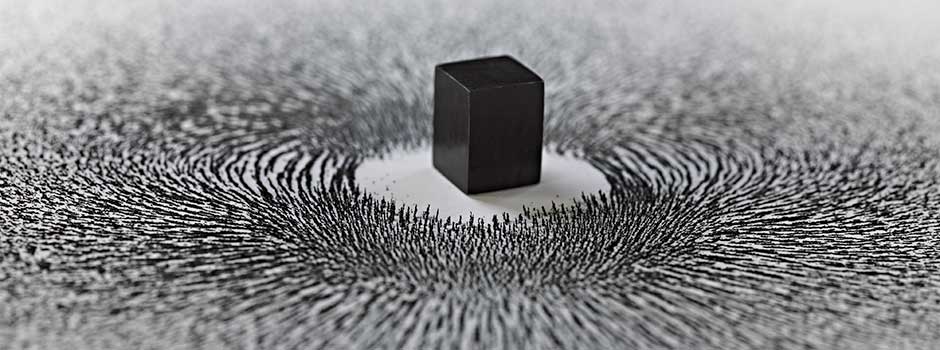
Major exhibition at the National Museum of Ethnology, Leiden (September 10, 2013 - March 9, 2014) Longing for Mecca - The Pilgrim’s Journey
Oct 05, 2013 FEATURE, Art Collection

For one-quarter of the world's population, Mecca is the place that you must visit once in your life. All over the world Muslims face the holy city in prayer. The pilgrimage is undertaken by millions of believers every year. The city of Mecca in Saudi Arabia is only accessible to Muslims. Others know it only from photographs of crowds of pilgrims circling the sacred Kaaba.
Mecca occupies a more prominent place in Dutch culture and history than many, perhaps, are aware of. Hundreds of thousands of residents of this kingdom have made the pilgrimage in the past; from Indonesia, Suriname, and the Netherlands. Mecca and the pilgrimage are therefore bound up with Dutch history and culture. For hundreds of years, the Hajj has inspired artists and rulers to make, or commission, magnificent objects. Together with the British Museum, the National Museum of Ethnology has gathered over 250 unique items from some of the best Islamic collections in the world. They are enormously diverse, ranging in time from the 10th century to the present day, with origins from Indonesia to Morocco.
What is that attracts the pilgrims? What desire, or longing, drives them to go? What rituals do they perform? What trials and tribulations do they encounter, and what manner of purification do they undergo? What are their unforgettable impressions and experiences − on their journey, in Mecca itself, and after their return? On the basis of individual stories, this exhibition is providing a unique, personal insight into one of the greatest spiritual, cultural and religious phenomena in the world.
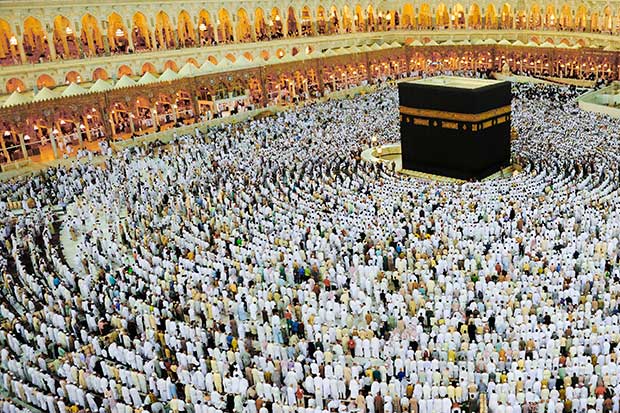 Photo of the pilgrimage in Mecca / Courtesy of Rijksmuseum Volkenkunde
Photo of the pilgrimage in Mecca / Courtesy of Rijksmuseum Volkenkunde
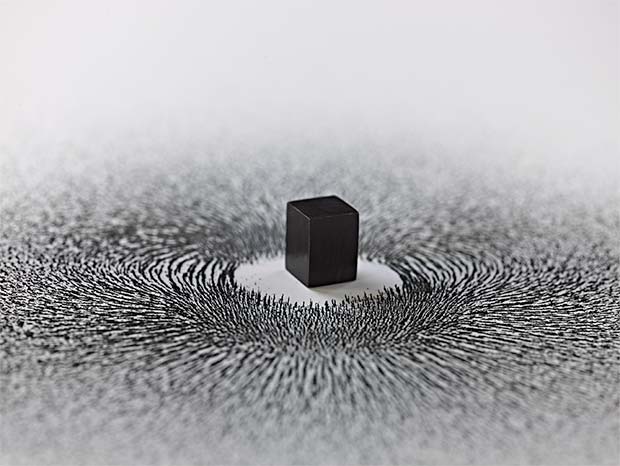 Magnetism by Ahmed-Mater / Courtesy of Rijksmuseum Volkenkunde
Magnetism by Ahmed-Mater / Courtesy of Rijksmuseum Volkenkunde
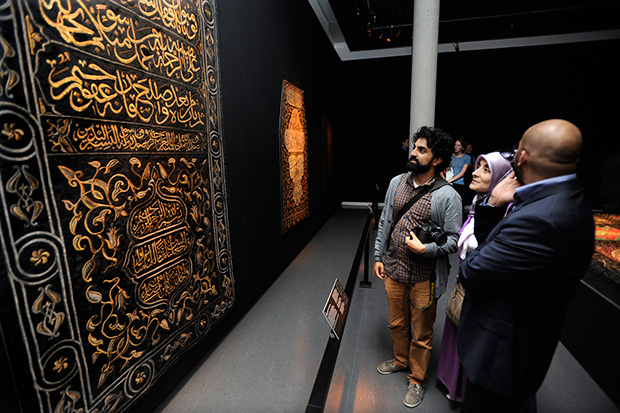 The exhibition 'Longing for Mecca' / Courtesy of Rijksmuseum Volkenkunde
The exhibition 'Longing for Mecca' / Courtesy of Rijksmuseum Volkenkunde
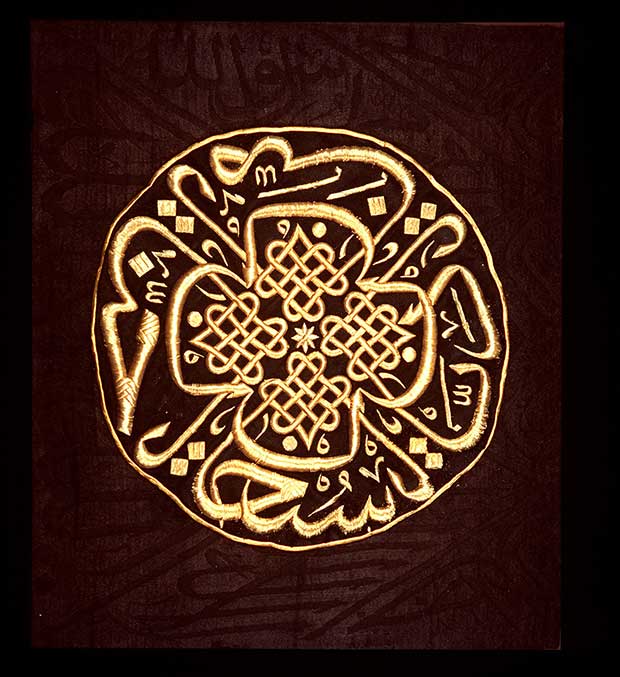 Fragment of the Kiswa from the exhibition 'Longing for Mecca' / Courtesy of Rijksmuseum Volkenkunde
Fragment of the Kiswa from the exhibition 'Longing for Mecca' / Courtesy of Rijksmuseum Volkenkunde
.jpg) Visitors at the exhibition 'Longing for Mecca' / Courtesy of Rijksmuseum Volkenkunde
Visitors at the exhibition 'Longing for Mecca' / Courtesy of Rijksmuseum Volkenkunde
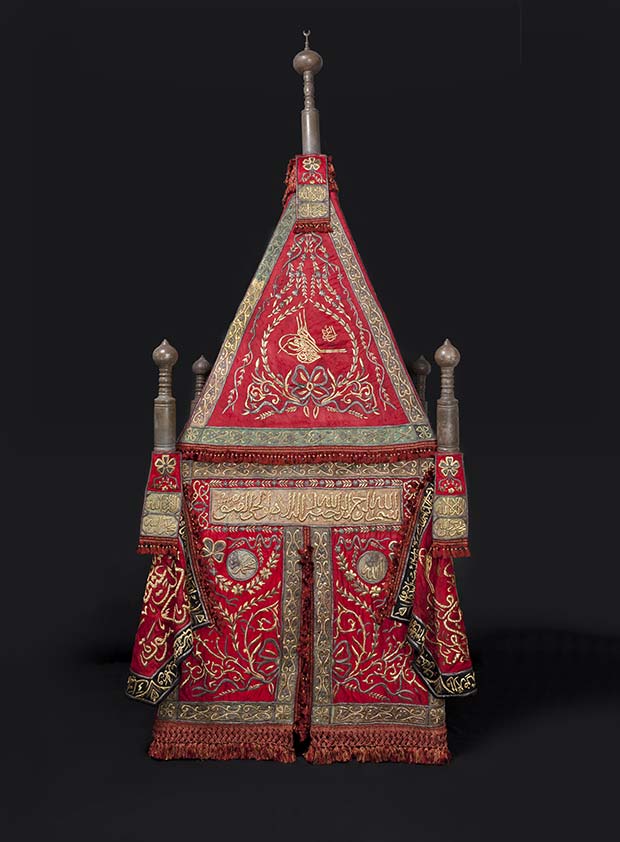 Mahmal of Sultan Abdul Aziz from the exhibition 'Longing for Mecca' / Courtesy of Rijksmuseum Volkenkunde
Mahmal of Sultan Abdul Aziz from the exhibition 'Longing for Mecca' / Courtesy of Rijksmuseum Volkenkunde
.jpg) The exhibition 'Longing for Mecca' / Courtesy of Rijksmuseum Volkenkunde
The exhibition 'Longing for Mecca' / Courtesy of Rijksmuseum Volkenkunde
.jpg) The exhibition 'Longing for Mecca' / Courtesy of Rijksmuseum Volkenkunde
The exhibition 'Longing for Mecca' / Courtesy of Rijksmuseum Volkenkunde
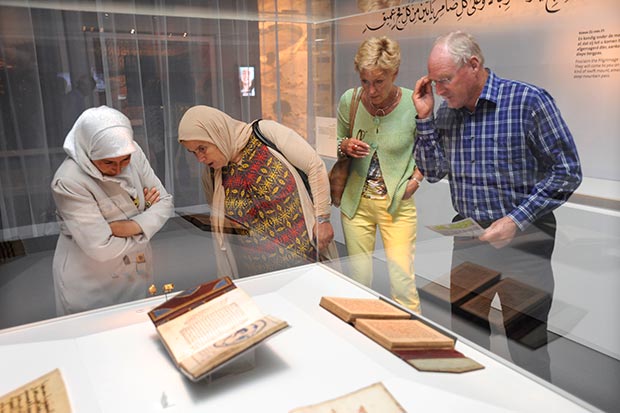 The exhibition 'Longing for Mecca' / Courtesy of Rijksmuseum Volkenkunde
The exhibition 'Longing for Mecca' / Courtesy of Rijksmuseum Volkenkunde
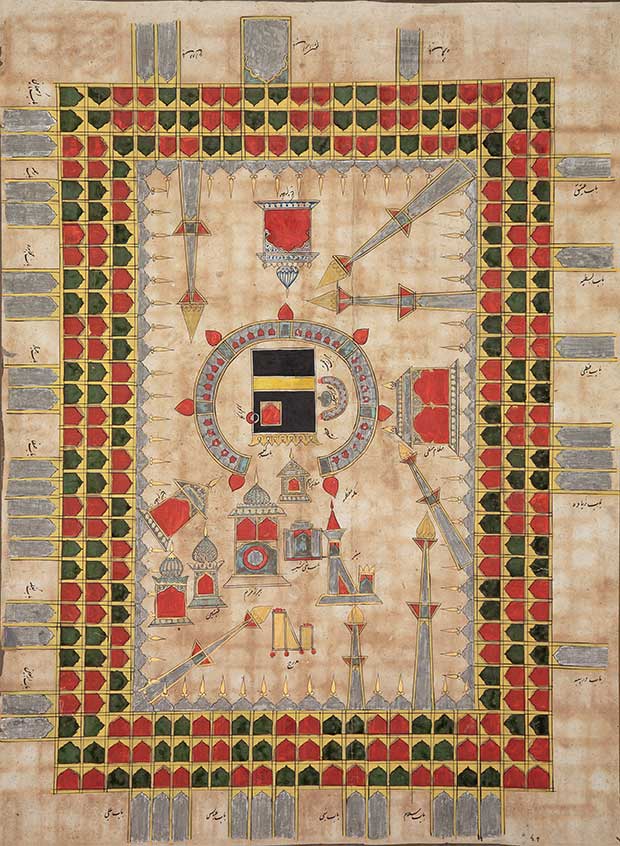 The exhibition 'Longing for Mecca' / Courtesy of Rijksmuseum Volkenkunde
The exhibition 'Longing for Mecca' / Courtesy of Rijksmuseum Volkenkunde
_Rijksmuseum_Volkenkunde.jpg) Sitarah (the curtain from Kaaba) / Courtesy of Rijksmuseum Volkenkunde
Sitarah (the curtain from Kaaba) / Courtesy of Rijksmuseum Volkenkunde
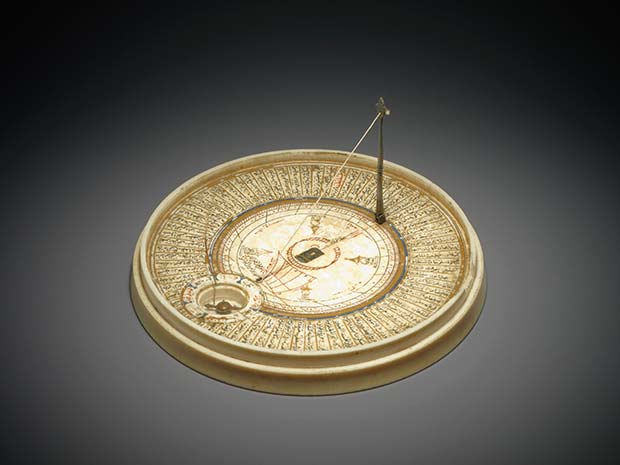 Qiblah - compas, 1582 / Courtesy of Rijksmuseum Volkenkunde
Qiblah - compas, 1582 / Courtesy of Rijksmuseum Volkenkunde
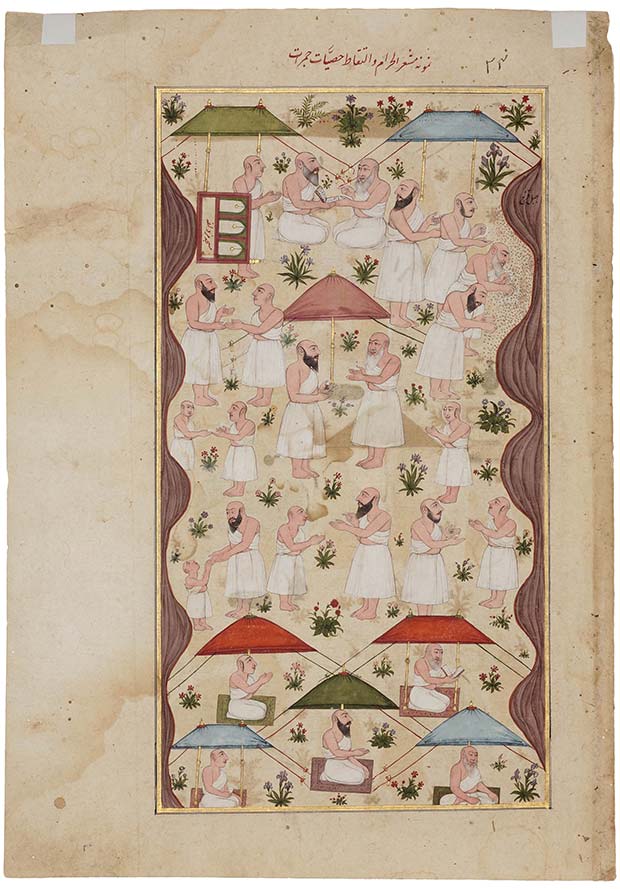 Miniature by Anis al Hujjaj / Courtesy of Rijksmuseum Volkenkunde
Miniature by Anis al Hujjaj / Courtesy of Rijksmuseum Volkenkunde
 Jar for Zemzem water / Courtesy of Rijksmuseum Volkenkunde
Jar for Zemzem water / Courtesy of Rijksmuseum Volkenkunde
 Ceremonial horse harness / Courtesy of Rijksmuseum Volkenkunde
Ceremonial horse harness / Courtesy of Rijksmuseum Volkenkunde
The National Museum of Ethnology was founded in 1837, making it one of the oldest museums of ethnology in the world. The museum's collection is comprised of over 240,000 objects and 500,000 audiovisual sources from all over the world. Influential research, high-profile public programmes and numerous projects undertaken in the framework of international partnerships make the National Museum of Ethnology one of Europe's leading centres of expertise in the realm of global cultures.
Comments
Add a comment